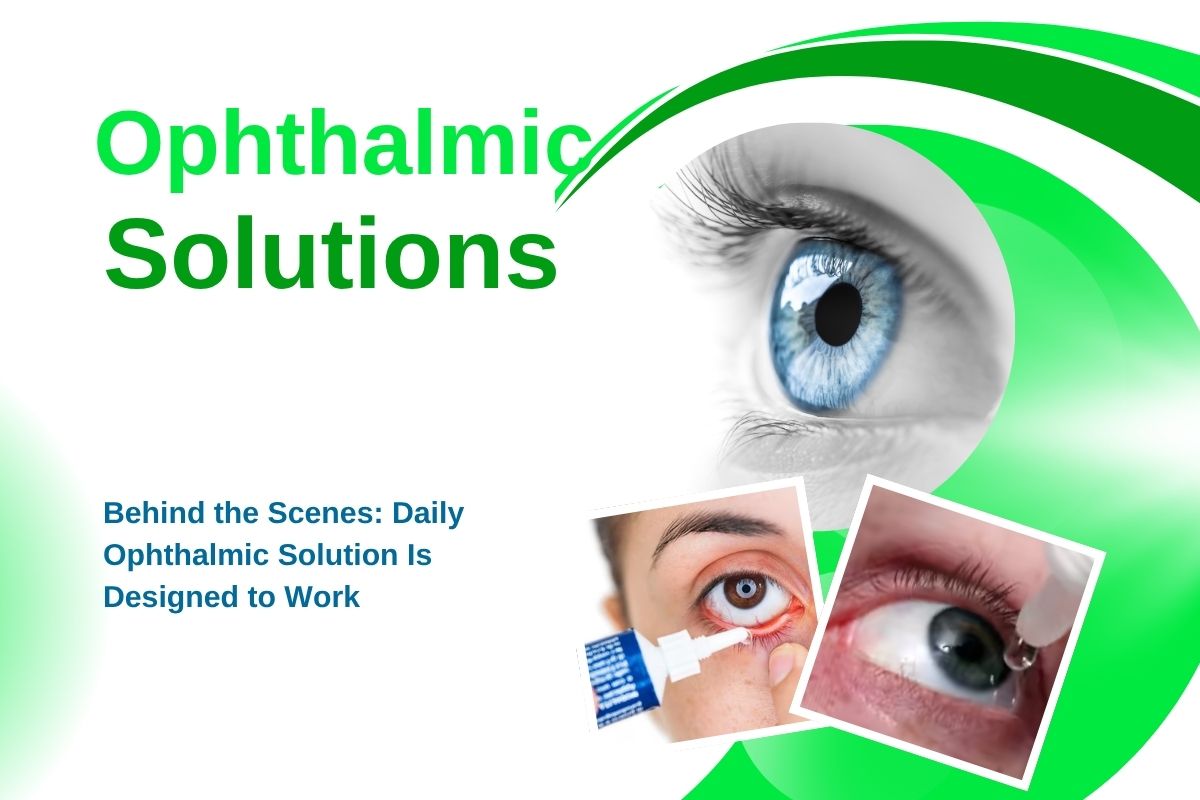Ophthalmic drops are sterile liquid eye drops made for once-a-day application. The active ingredients in the drops are used to treat certain eye conditions and establish relief for an intended period, typically for a 24-hour period. Using these eye drops may decrease symptoms associated with the conditions they are used to treat, including eye allergies, high eye pressure, and dry eye.
It is important to use these drops as directed, as misuse can cause irritation and other adverse reactions. While there are some over-the-counter solutions, the majority of medicated solutions require a prescription, particularly to treat serious conditions like inflammation or glaucoma. Depending on your eyes, your doctor may suggest alternative ophthalmic options, like sprays, gels, and ointments, especially if the treatment requires no more consistent application.
Discuss your needs with your eye doctor before getting started. Not every treatment is right for every individual, and over-the-counter points may not be appropriate for your needs. For more information on how a daily ophthalmic solution is designed to work, continue reading below.
Table of Contents
Ophthalmic Solution Functionality
For an ophthalmic solution to work, it must bypass the eye’s defense components, stay sterile, comfortable, and safe for constant use. Daily, one-time formulas may contain active and inactive components that work to treat the eye condition while preserving long-term tolerance. The design of the eye drops revolves around its sterility and the prevention of infection and contamination.
Key Ingredients For Successful Functionality
Preservatives may be needed to prevent microbial growth in ophthalmic solution drops. These drops are designed to protect delicate eye tissue and may include filter systems and systems that protect against gradual ocular surface toxicity. Chemical preservatives may be used to prevent microbial growth, and preservative-free versions may be needed for some ophthalmic solution options.
They are designed to match the natural salinity of tears; this concept, “tonicity,” is achieved in chemical balance to prevent dry eye. Drops must be formulated to the eye’s natural state, reducing the chances of stinging or irritation. Viscosity is another design aspect that is prioritized with these drops; use of thickeners is often implemented to make the drop feel soothing and boost the time the drop can remain in the eye.
Roles Of Ingredients
The active ingredients in the ophthalmic solution serve different functions based on what is needed in the treatment. Some ingredients provide lubrication to keep friction at a low level and increase water retention. Others are used to constrict blood vessels to reduce eye redness. Allergies are treated with antihistamines. Inactive ingredients also play a role in the effectiveness of the drops, including humectants for moisture, osmoprotectants for protection against eye damage, and lipids for preventing early evaporation of tears.
Used For Long-Term Health
Daily ophthalmic solutions are designed to work by prioritizing core design concepts in eye drop creations, like sterility and prevention, chemical balance, user comfort, and the correct balance of inactive and active ingredients. With the correct drops, you may achieve long-term improvement while keeping your eyes protected for long-term health.
*** This article is for entertainment purposes only and is not a source of medical or information advice.

